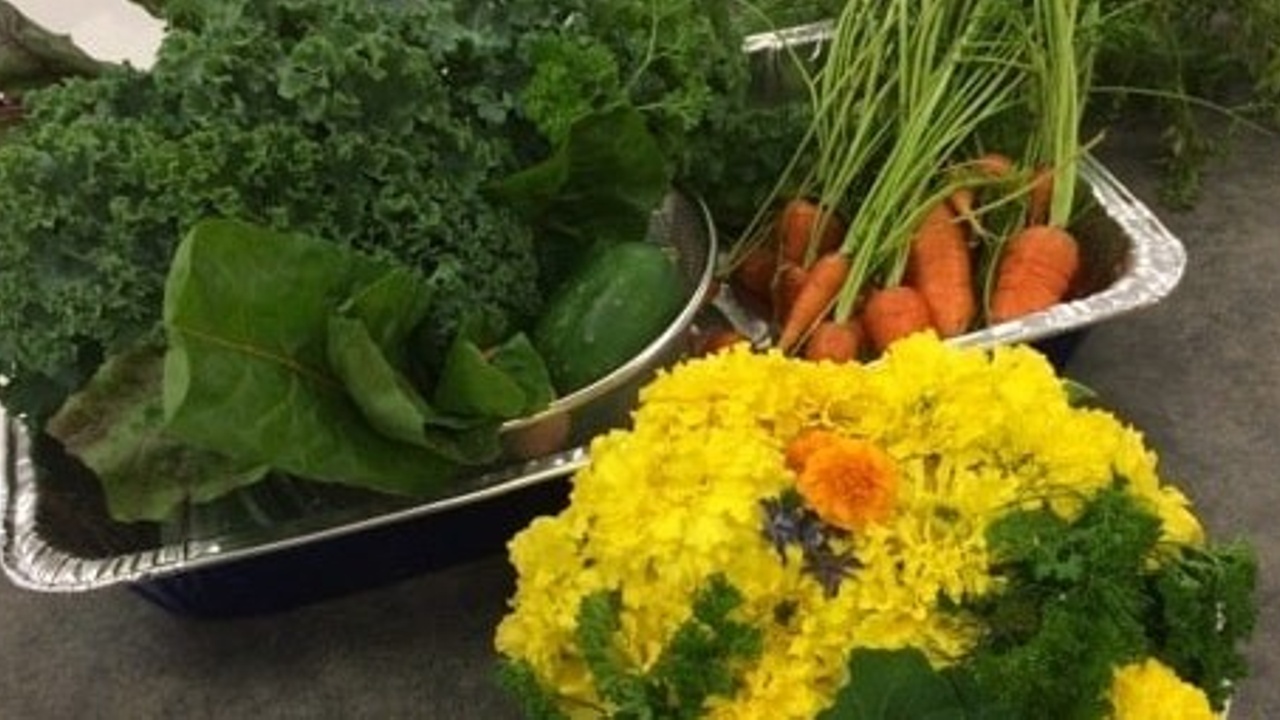
Part3: -School-Garden-Lesson-Plans
Mar 01, 2021
Last week, I shared WHY having your School Garden Lesson Plans nailed, is the path to having a beautiful and producing school garden you can teach your curriculum in without the usual headaches of managing a garden. You can read Part 1 here:
https://www.kidsgrowingcity.ca/blog/Part1-School-Garden-Lesson-Plans
Then, I shared three key indicators for an excellent School Garden Lesson Plan bundle:
https://www.kidsgrowingcity.ca/blog/Part2-School-Garden-Lesson-Plans
So, if you have (or want to have) a school garden, this final piece is CRUCIAL: The 4-Part School Garden Lesson Plan FRAMEWORK .
Without it, you’ll struggle to put all the different pieces together and that means you’ll either try to wing it without a good plan, with high probability of failure, giving up or burn out, OR you just give up right now and not move forward.
So, Let’s fix that! Ready?
The 4-Part Framework:
This is as simple as identifying FOUR QUESTIONS:
- WHAT should we do (to grow the garden) and teach (in the garden)?
- WHEN do we do the garden work and when do we teach what we set out to teach (what we determined in questions 1 and 2)
- HOW do we do and teach what we set out to do and teach (what we determined in questions 1 and 2)
- Curriculum Connection CHECKLIST for everything in the lesson.
The key to all of it is to answer these four questions having the 3 indicators (fully explained in Part II of this training) in mind. The goal is to do it all with TIME ALLOCATION for ALL the work, fitting in SCHOOL’S SCHEDULE and CURRICULUM CONNECTIONS in mind.
1) WHAT should we do and teach?
There are those things that any garden needs done for it to be a garden and to grow. Such as, design, building, seeding and seedling making, hardening off, transplanting, watering, weeding, harvesting, seed saving, closing, etc.
And then there are things we want to teach in our lessons, while we do the above garden chores. We want to teach for example about seeds, sun, water, energy, soil, insects and animals, trees, biodiversity, plant life cycle, plant parts, composting, etc.
Some of these fit together very well.
For example, we can teach about seeds when we sow them or when we plant them to grow seedlings indoors. Or we can teach about plant parts when we transplant seedlings.
But sometimes it’s as simple as creating a lesson with the teaching item as the title and then mention what we learned to deepen the learning at different times when we do the work in the garden. For example, we can have a lesson about water cycle and energy and then throw reminders about it when the students are watering the garden or when rain is watering our garden for us.
2) WHEN do we do and teach?
During school day of course, ALWAYS! Both the work and the teaching are done during school.
Teaching and most of the work will happen during class time, and that’s easy because you are teaching your curriculum in the garden and therefore using up the time you have for science, math, etc.
But there are actually 2 types of garden work:
ONE: Those that need to be done in order and have to be scheduled according to the season and school’s general closing date (start of summer).
For example seedlings need to be grown BEFORE we can transplant them in the garden and that needs to be done before certain date or it will be too late. These need class time structure and need to be done in an organized manner under your detail oriented and supervising eyes so they are done correctly.
TWO: Those that are ongoing tasks, such as watering that has to happen every day. These could be done outside of class time, by a rotational assignment to your students on recess or lunch time.
3) HOW do we grow and teach?
To address the needs of all learners, the oral, kinesthetic, visual learners etc. after 7 years of doing this and getting feedback and refining, this is how I’ve organized the lesson plans that my facilitators teach in my comprehensive school programs. And it’s what I highly recommend for you too...
Our lessons are all divided into 2 parts:
1) The lecture that includes discussion, videos, posters and note taking (journaling). Usually 15 to 20 minutes per lesson.
2) The hands-on part when we actually plant and do the garden work. Usually 40 to 45 minutes per lesson.
You know there is a little bit of each learner type in each child and we want to reach out to them all!
4) Curriculum Connection CHECKLIST
And this is the last part of the puzzle. Now that you have all what you teach and all of what you do, you can sit down and make a checklist of how every one of those, connects to every item in your mandated curriculum and that’s it!
If you want to nail your school garden lesson plans, you’ll have to accurately answer all of those FRAMEWORK questions in detail and with care…
… and if you don’t know the answers, how will you ever be able to confidently start a school garden without the fear that it will become a huge out of context project that eventually creates overwhelm and burn out?
Cheers and Peace,
Leila

